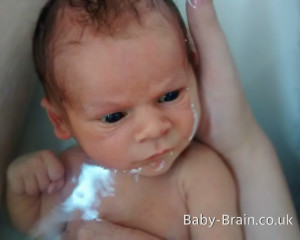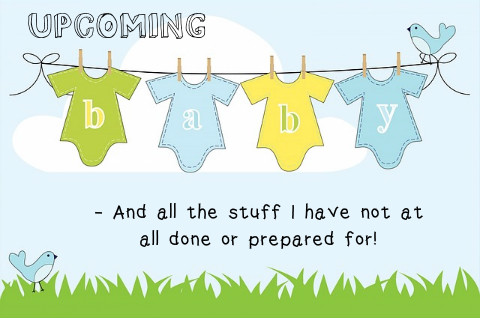…
Newborn visual development: babies prefer high contrast images because their visual system is still developing. They can find it difficult to distinguish between similar colours such as red and orange. The hard contrast of black on white (or any strong colour) therefore stands out well. Here’s some simple images to try out. Read more on visual development here.
high contrast shapes cards mixed
high contrast shapes cards mixed sheet 2

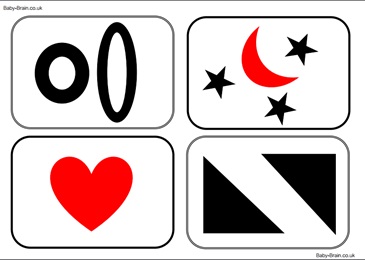

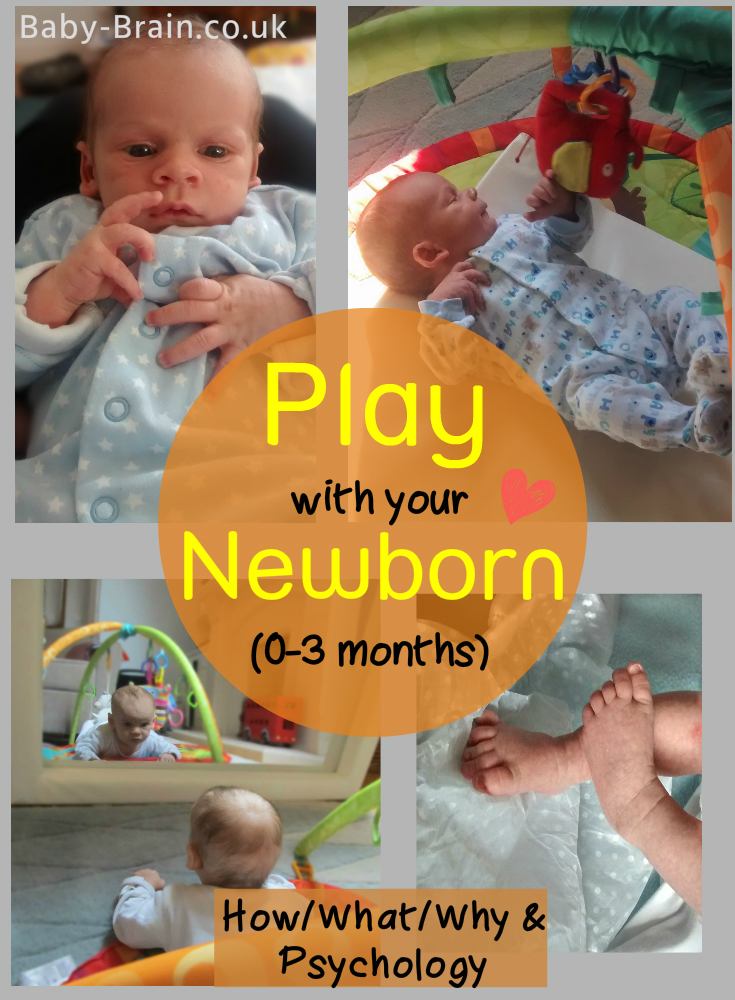
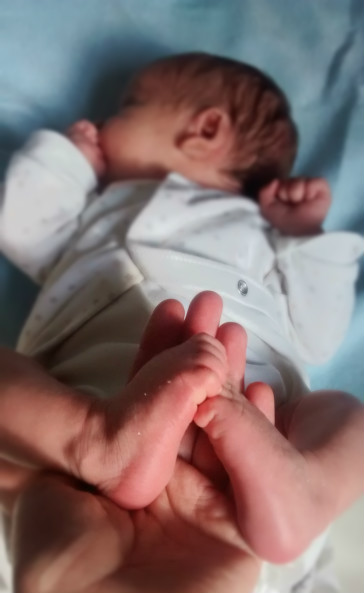
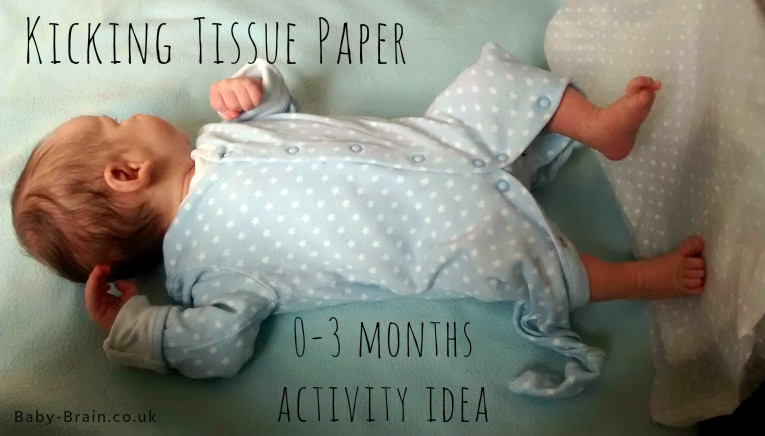


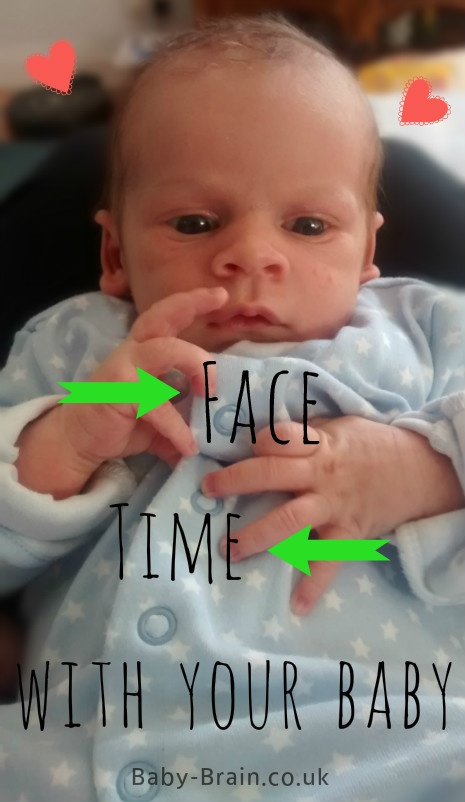
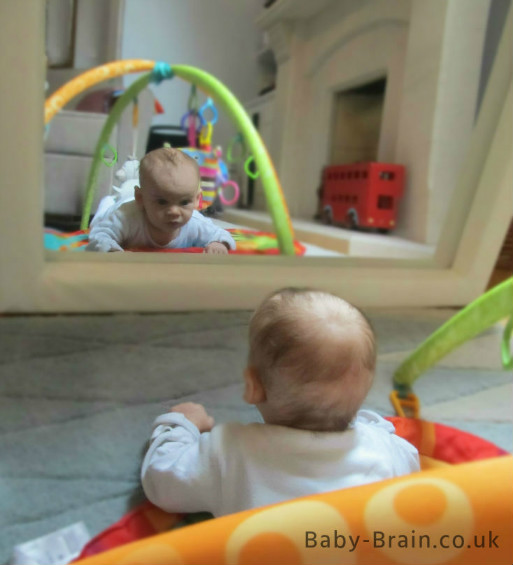


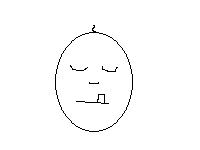
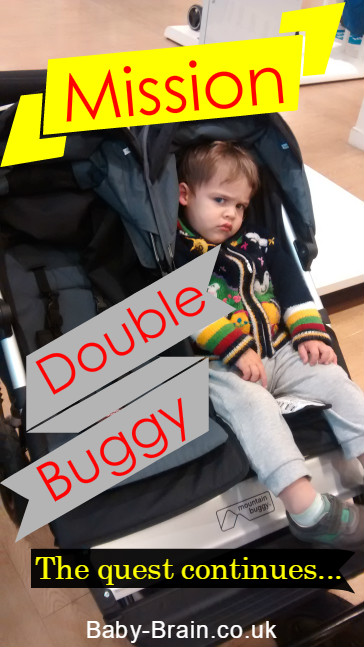

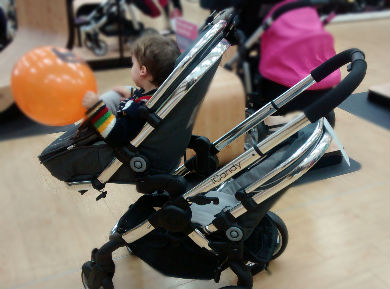

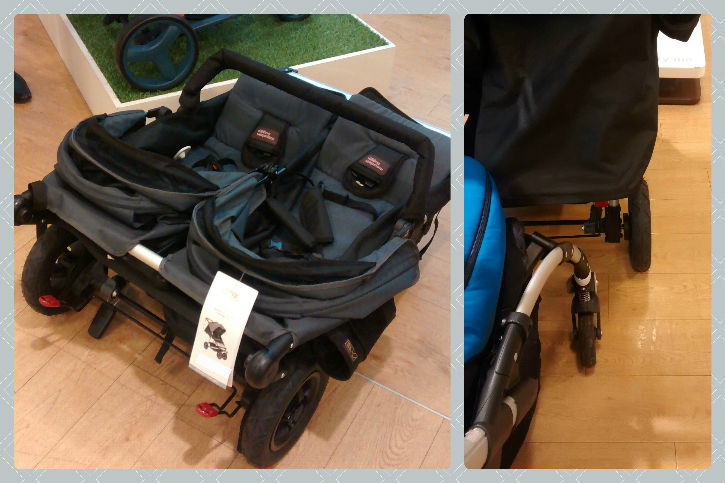
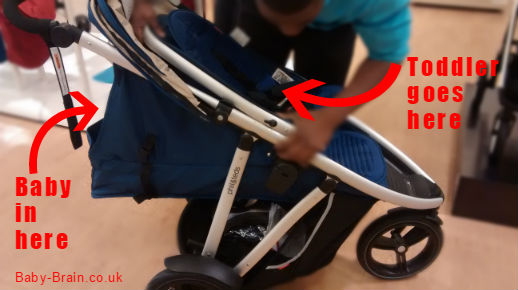
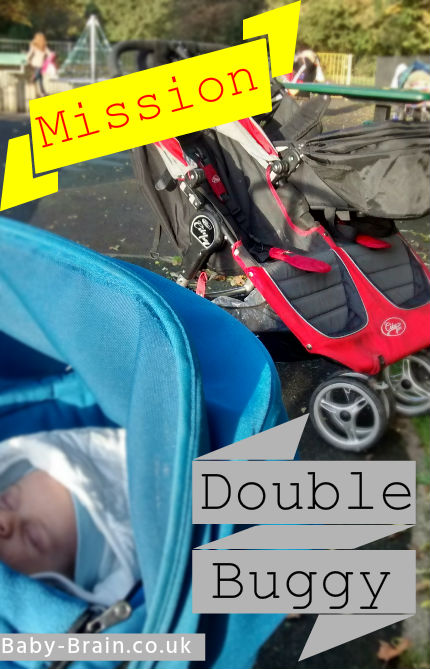
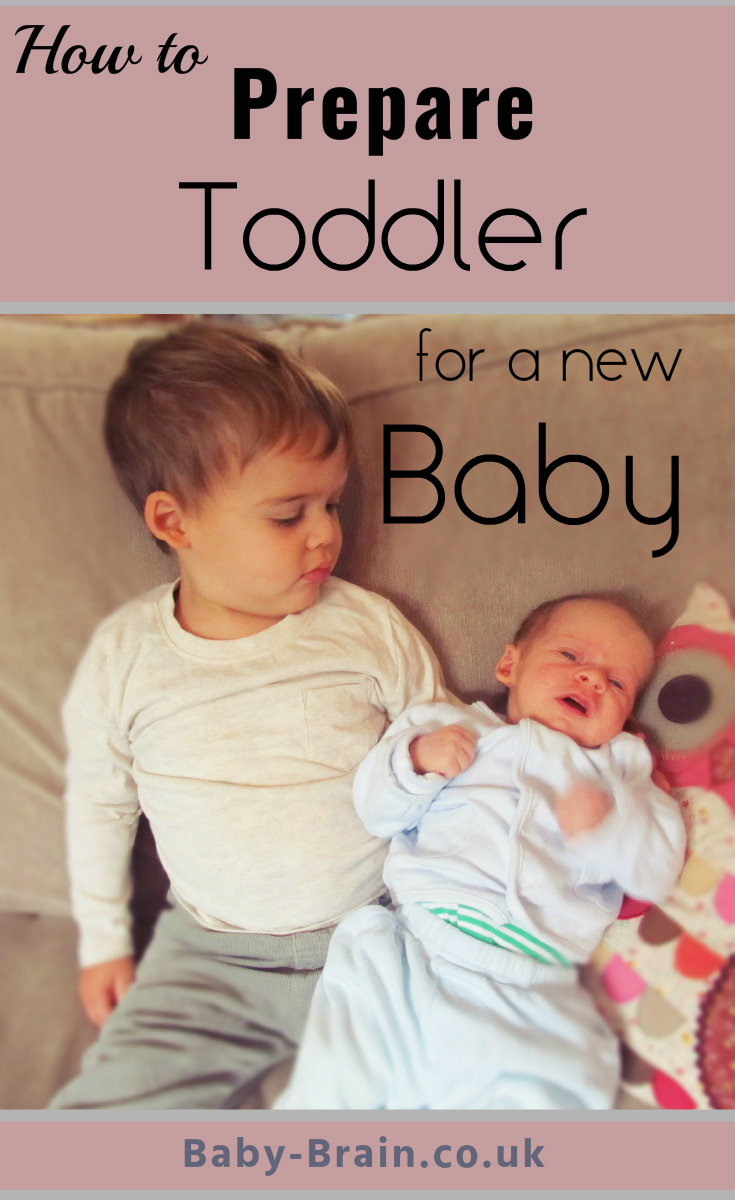
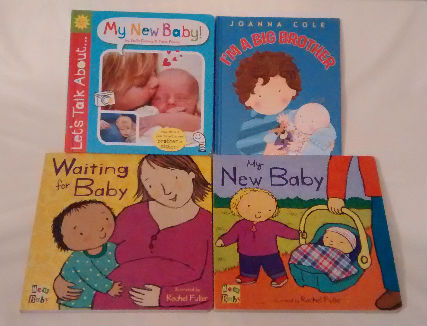
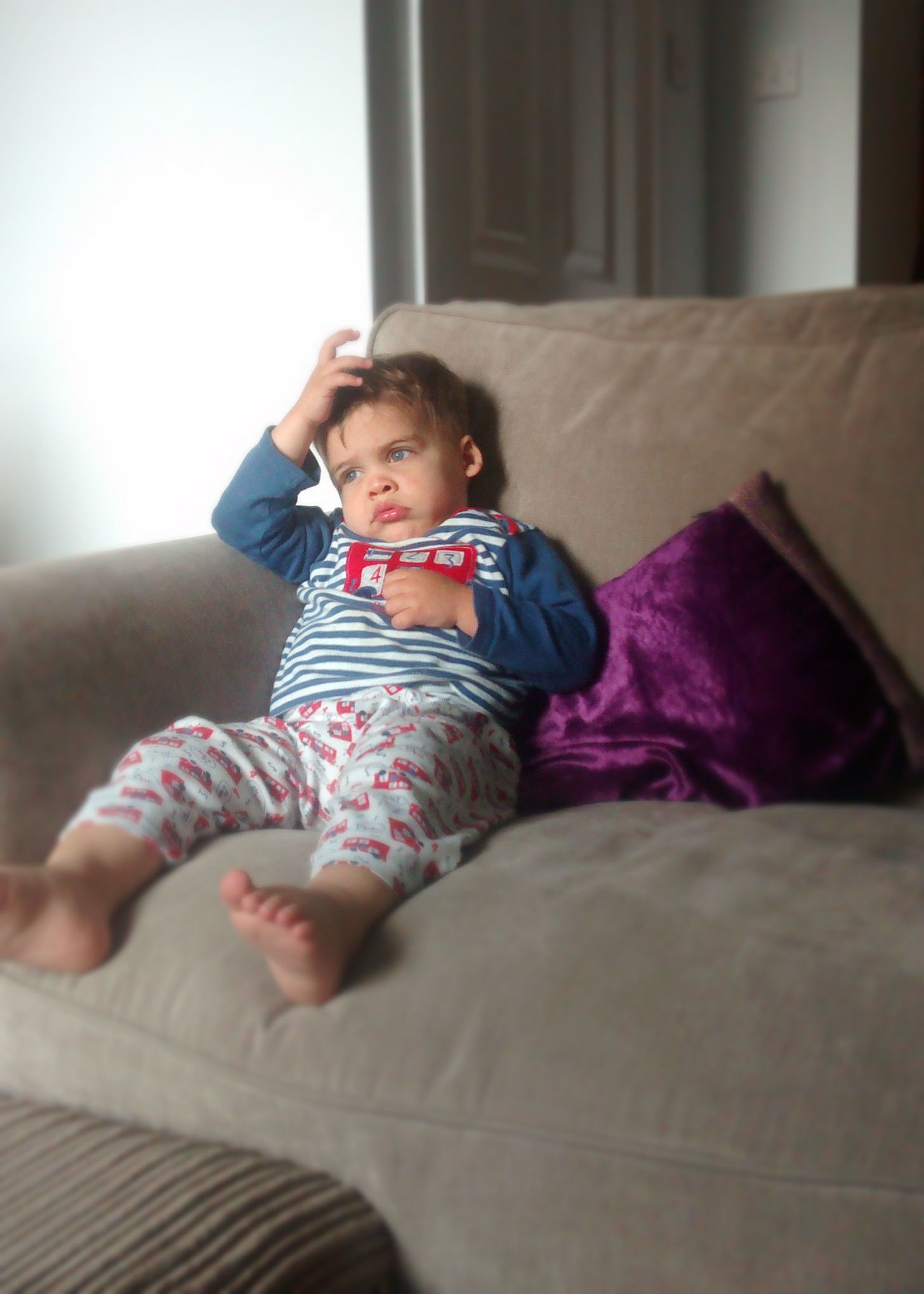

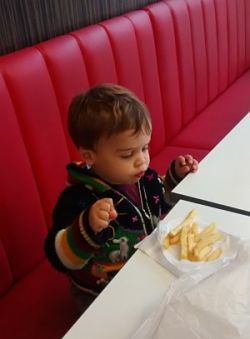


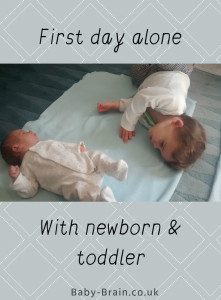 So my significant other went back to work today, meaning that I was all by myself looking after the newborn (less than 3 weeks old) and toddler (21 months).
So my significant other went back to work today, meaning that I was all by myself looking after the newborn (less than 3 weeks old) and toddler (21 months).


